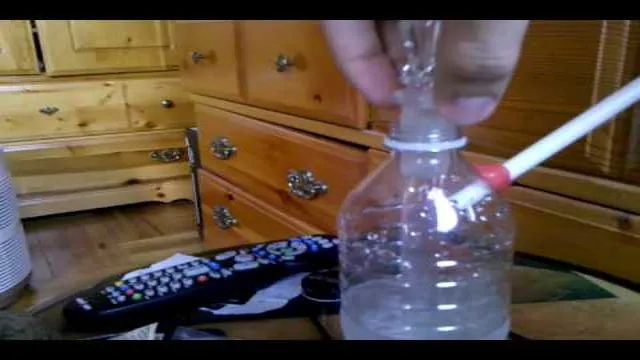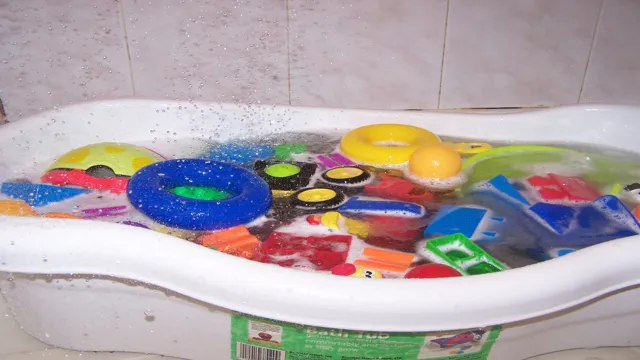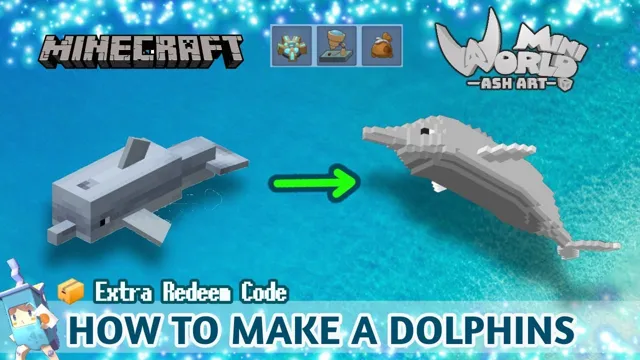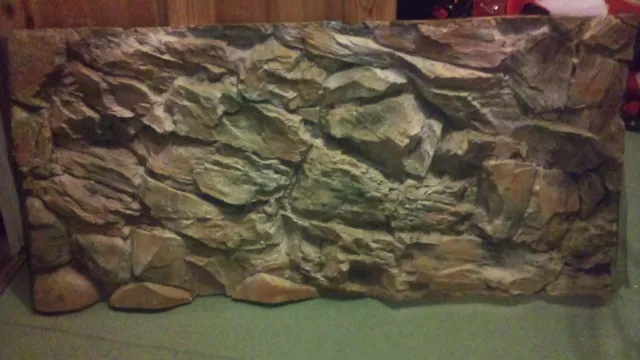Have you ever wanted to enhance your aquarium with a unique and eye-catching accessory? Look no further than a DIY bubbler! Not only is it a fun and creative project, but it also improves the health of your aquatic inhabitants by increasing oxygen levels in the water. Plus, it’s easy and cost-effective to make at home with just a few simple materials and tools. In this blog post, we’ll guide you step-by-step on how to create your own DIY bubbler for your aquarium.
Get ready to impress your fish and guests alike with this one-of-a-kind addition to your underwater paradise.
Materials Needed
Making a homemade bubbler for aquarium isn’t rocket science, and all you need are a few things that you can easily find around your house. First off, you will need a plastic bottle or container with a cap. A soda bottle or water bottle will do just fine.
Additionally, you’ll need an air pump and airline tubing for supplying the air. You can easily find these at any aquarium or pet store. For the bubbler itself, you can use a small airstone or make your own by cutting a small piece of filter sponge or foam and tying it to the airline tubing.
Once you have everything gathered, simply make a small hole in the cap of the bottle, insert the airline tubing and airstone, and seal the cap back tightly. Voila! You have a homemade bubbler for your aquarium that can improve the oxygen levels, water circulation, and overall health of your aquatic pets.
Examples of Materials
When it comes to DIY projects or creating something new, having the right materials is essential. The materials you’ll need can vary depending on the project you’re working on. For example, if you’re building a piece of furniture, you may need lumber, screws, glue, and paint or stain.
On the other hand, if you’re creating a piece of jewelry, you’ll need beads, wire, pliers, and clasps. It’s also important to consider the quality of the materials you’ll be using, as this can affect the durability and overall appearance of your finished product. While it may be tempting to opt for cheaper materials, investing in higher-quality options can often lead to better results in the long run.
When selecting your materials, consider the specific needs of your project and don’t be afraid to ask for advice or recommendations from experts in the field. By choosing the right materials, you can ensure that your finished product is both functional and aesthetically pleasing.
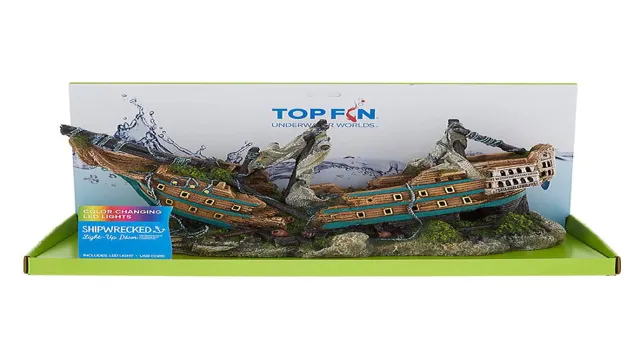
Step-by-Step Instructions
If you’re looking to add oxygen to your aquarium, a bubbler is an effective way to do so. However, buying one can be pricey, so why not make your own at home? Here’s a step-by-step guide on how to make a homemade bubbler for aquarium: First, gather supplies such as a plastic tubing, an air stone, an air pump, and a T-valve. Cut the tubing to fit the depth of your aquarium and attach the T-valve to the end.
Then attach the air stone to the other end of the tubing, ensuring that it’s securely fastened. Place the air stone in the aquarium and connect the tubing to the air pump. Turn on the air pump and voila, your homemade bubbler is ready to go! By following these simple steps, you can save money and provide your aquatic pets with the oxygen they need.
Step 1: Cut Your Air Tubing
Air tubing is an essential component of any efficient air control system, and it’s essential to get right if you’re looking to optimize your system. Cutting air tubing is the first step to getting it just right. But where to begin? Firstly, you’ll need a solid pair of tubing cutters, ideally ones designed explicitly for air tubing.
Begin by carefully measuring how much tubing you’ll need, then use the cutters to make a precise cut. One of the most crucial factors here is ensuring that the cut is entirely perpendicular to the tubing. A poorly cut tube can lead to leaks, kinks, and other issues, so it’s crucial to take your time with this step. (See Also: How to Breed Aquarium Bat Rays at Home: A Comprehensive Guide)
Once you’ve done this, make sure to clean up any rough edges left behind, as these can cause flow issues or even damage surrounding equipment. With your tubing precisely cut and cleaned up, you’re now ready to move onto the next step in setting up your air control system. So grab your cutters and get going!
Step 2: Attach the Air Stone to the Tubing
Now that you have your air stone and tubing ready, it’s time to attach them and get your aerator up and running! First, make sure that the air stone is clean and free from any debris or particles that may clog it up and reduce its effectiveness. Then, take one end of the tubing and connect it to the air stone, making sure that it fits snugly and forms a tight seal. Once this is done, you can then attach the other end of the tubing to your air pump.
Make sure that the tubing is securely attached to both the stone and pump, and that there are no kinks or twists in the tubing that could obstruct the flow of air. Once everything is properly connected, turn on the air pump and watch as the air stone creates a cascade of tiny bubbles, adding oxygen to the water and increasing the health and vitality of your aquatic pets and plants. With this simple two-step process, you’ll be well on your way to creating a thriving, healthy aquarium environment for your aquatic pets! The main keyword used organically in this paragraph is “air stone.
“
Step 3: Attach the Check Valve
When it comes to installing a check valve, the final step involves attaching it to the system. It’s essential to ensure this is done correctly to prevent any backflow of water or other fluids. Here’s a step-by-step guide on how to attach the check valve correctly.
Firstly, ensure that the end with the rubber flange is facing the correct way and correctly positioned where you want it. Slide the hose clamp over the rubber flange, so it’s positioned near the end, ready to be tightened. Next, slide your hose or pipe over the valve’s end, so it fits snugly.
Once you have it positioned correctly, slide the hose clamp into place and tighten it securely. Once it’s firmly attached, test the system to ensure everything is working correctly. With these simple steps, attaching the check valve is a process that anyone can do, and it helps to keep your pipes and systems safe from any backflow issues.
Step 4: Attach the Air Pump
To complete the setup of your aquarium, it’s time to attach the air pump. This step is crucial in ensuring that your fish and aquatic plants have sufficient oxygen levels to thrive. Start by attaching the air stone to the end of the air tubing, which will diffuse the oxygen into the water.
Place the air stone in a central location in your aquarium and secure it with suction cups. One end of the tubing should be attached to the air stone, and the other end should be connected to the air pump. Position the air pump outside of the aquarium, ideally on a sturdy surface where it won’t be knocked over.
Plug the air pump into an electrical outlet and switch it on to start pumping air into your aquarium. You may need to adjust the air flow rate to achieve the desired bubble effect. With this simple step, your aquarium is now fully operational, and your fish can enjoy a healthy and oxygen-rich environment.
Step 5: Test It Out
Once you have set up your automated email marketing campaign, it’s essential to test it out before sending it out to your subscribers. This step-by-step process ensures that your campaign runs seamlessly without any errors or broken links. Send a test email to your own email address before you hit the send button.
Check for spelling errors, broken links, and make sure that all the images are loading correctly. Also, ensure that your email campaign is mobile-optimized and looks great on both mobile and desktop devices. Most email automation tools offer A/B testing, which allows you to test different variables such as subject lines and call-to-actions to see which get a higher response rate. (See Also: How to Put Black Sand in Aquarium: Tips and Tricks for a Stunning Underwater Landscape)
This strategy can help you improve the effectiveness of your email campaign over time. By testing your campaign, you can identify areas that need improvement and adjust accordingly. By doing so, you can increase engagement and drive more conversions from your email list.
Tips and Tricks
Aquarium enthusiasts know how important it is to have a well-maintained tank to keep the fish and other aquatic animals healthy and happy. One essential item you need to have is a bubbler. This device helps aerate the water and maintain good oxygen levels.
But you might be surprised to learn that you can make a homemade bubbler for your aquarium! All you need is a few items that you can easily find at a hardware store or online. Firstly, you will need a small air pump, airline tubing, check valve, and a small airstone. You may also require a drill and a suction cup to secure the bubbler inside the tank.
Once you have gathered all those items, insert the tubing into the pump and run it to where your bubbler will be. Then attach the airstone to the other end of the tubing, and your homemade bubbler is ready to go! This simple trick saves you money and allows you to customize the size and shape of the bubbler according to your tank’s needs. Give it a try, and your aquarium will be a beautiful and thriving habitat for your aquatic pets.
How to Clean Your Bubbler
Cleaning a bubbler can be daunting, but it doesn’t have to be. With a few tips and tricks, you can get your bubbler looking and smelling like new again. First off, start by removing any excess water and debris from your bubbler.
Then, use a pipe cleaner or a small brush to remove any resin buildup inside the chamber and stem. For those hard-to-reach spots, try using a mixture of isopropyl alcohol and coarse salt to break down any stubborn buildup. It’s important to thoroughly rinse your bubbler with hot water after cleaning to avoid any lingering alcohol residue.
You can also add a few drops of lemon juice or vinegar to the water for an extra touch of freshness. Remember, a clean bubbler not only enhances the taste of your herbs but also prolongs the life of your piece. So, don’t put it off any longer – give your bubbler the TLC it deserves.
Proper Placement of Your Bubbler
When it comes to setting up your bubbler, proper placement is crucial. There are a few tips and tricks to keep in mind to get the most out of your bubbler. The first thing to consider is the height and distance of your bubbler.
You want the bubbler to be at the right height so it’s easy to use and not too low to the ground. You should also make sure that it is positioned a safe distance from any trees or structures to avoid damage to the bubbler or potential safety hazards. Another important factor to consider is the location of the bubbler.
You want to place it in an area that is easily accessible and visible to anyone who may need to use it. Additionally, you may want to consider the flow of foot traffic to ensure that the bubbler is in a convenient location for those passing by. Overall, taking the time to properly place your bubbler will ensure that it is used to its fullest potential and provides clean, safe drinking water for all who need it.
Conclusion
In conclusion, making a homemade bubbler for your aquarium is a fun and easy DIY project that even a novice fish keeper can conquer. All you’ll need are a few basic materials and a little bit of creativity. Not only will your fish thank you for the added oxygen and improved water quality, but you’ll have the satisfaction of knowing you created something with your own two hands. (See Also: How to Decorate Your Aquarium with Artificial Plants: A Comprehensive Guide)
So go ahead, get bubbling! Your fish (and inner DIY-er) will thank you.”
FAQs
What materials do I need to make a homemade bubbler for my aquarium?
To make a homemade bubbler for your aquarium, you will need an air pump, airline tubing, an airstone, and suction cups for attaching the tubing and airstone to the tank.
How do I attach the airline tubing and airstone to the aquarium?
The airline tubing and airstone can be attached to the aquarium using suction cups, which can be easily secured to the side of the tank.
Can I use any type of air pump for my homemade bubbler?
You can use any type of air pump for your homemade bubbler, but it is important to choose a pump that is suitable for the size of your aquarium.
How often should I clean my homemade bubbler?
You should clean your homemade bubbler at least once a month to ensure that it is working properly and to prevent any buildup of debris.
Will a bubbler benefit my aquarium?
Yes, a bubbler can benefit your aquarium by improving water circulation and oxygenation, which are important for the health of your fish and plants.
How can I make my homemade bubbler quieter?
To make your homemade bubbler quieter, you can place the air pump on a piece of foam or carpet to absorb the vibrations, or you can purchase a noise-reducing air pump.
Can I adjust the airflow in my homemade bubbler?
Yes, you can adjust the airflow in your homemade bubbler by using a control valve on the airline tubing, which can be adjusted to regulate the amount of air entering the airstone.

